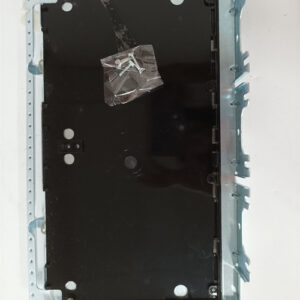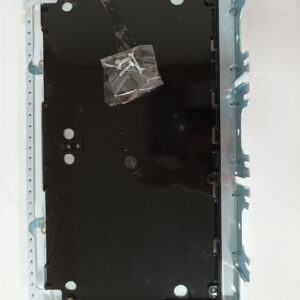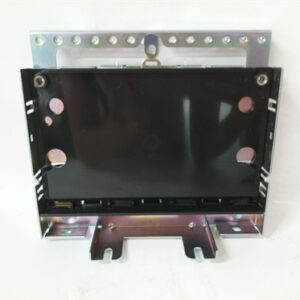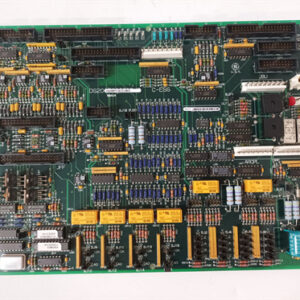الوصف
The GE DS215DMCBG1AZZ03A is a highly specialized IOS Processor and Communication Card designed for the GE Speedtronic DC2000 and other related turbine control systems. This board is not a simple communication card but a multi-functional processor that acts as a central hub for various data and control paths.
1. Function and Purpose
The DS215DMCBG1AZZ03A is a core component within the IOS+/IEI units of the DC2000 series, which are typically used for panel or door/desk mounting in control cabinets. Its primary functions are:
- Central Processing: The board contains two dedicated microprocessors to handle different tasks. A dominant microprocessor (DUP), typically an Intel 80C186, handles the majority of the card’s computational functions at a clock speed of 33 MHz.
- Communication Hub: The board’s other key role is to act as a communication hub. It provides an interface for:
- The operator keypad and display.
- The Drive Local Area Network (DLAN).
- Optional communication modules like the ARCNET-based DLAN+ and the Genius Local Area Network controller.
- An RS-232C port for serial communication.
- Local logic input and output interface boards.
- The DS200IOEA I/O Expansion Interface board.
- Control Power: The board also supplies the necessary control power to its components, which is typically provided by an auxiliary power module that converts 115/230 VAC to low-voltage power.
2. Technical and Design Features
The DS215DMCBG1AZZ03A is a complex circuit board with advanced features for its time.
- Dual Microprocessors: The use of two different microprocessors—the DUP (80C186) and a LAN microprocessor (LUP, an 80C196 running at 15.667 MHz)—allows the board to efficiently handle both high-level processing and dedicated communication tasks without overloading a single chip.
- Firmware: The “w/firmware” designation in the product description is critical. This indicates that the board comes with pre-installed software that defines its functionality and communication protocols, making it a “plug-and-play” component in compatible systems.
- Connectivity: The board is a central point for a variety of connections, from the operator interface to multiple LANs and serial ports. This high degree of connectivity is what makes it a versatile processor and communication card.
- Robust Construction: The board is designed to be part of a robust industrial control system, with features that ensure long-term reliability in demanding environments.
3. Applications and Importance
The DS215DMCBG1AZZ03A is a fundamental component of the GE DC2000 series, which is used in turbine control and excitation systems. Its ability to manage complex communication paths and process data in real-time is crucial for the precise and reliable control of industrial equipment. It is the core unit that enables an operator to interact with and monitor the system from a local panel. Without this board, the IOS+/IEI units would not be able to function, and the operator would lose their primary local interface to the system.
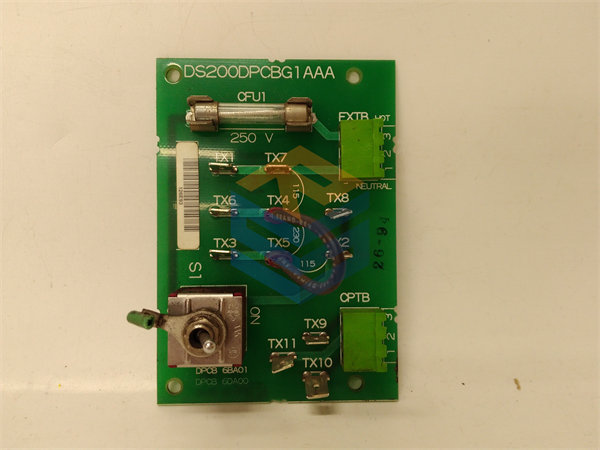

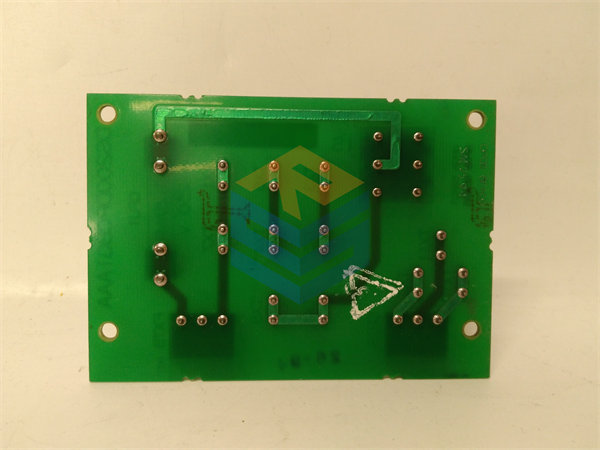

 +86 15340683922
+86 15340683922 +86 15340683922
+86 15340683922